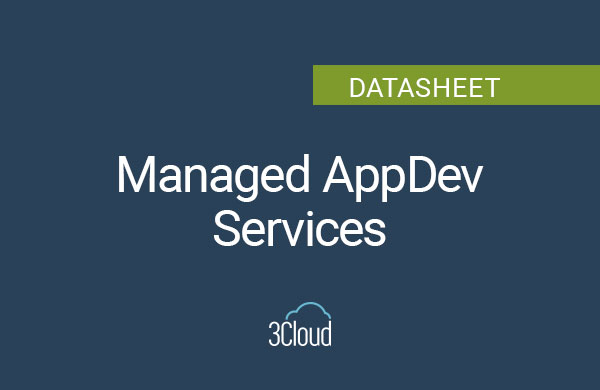In the last decade, Agile has evolved from a framework primarily utilized by software development teams to a methodology employed across many organizational units. With the uncertainty 2020 brought to countless industries, it’s no surprise that business-wide agility has been the primary focus following the release of Scaled Agile Framework 5.0. In some cases, Agile has become a topic of discussion at the board level, during venture capital raises, and at shareholder meetings.
But despite the heavy focus, organizations’ Agile efforts suffer from false starts and unexplained stalls all too often. A surprising number of these issues sprout from metrics, because it can be easy to get so consumed with data and lose sight of the bigger picture. To help, we’ve prepared a list of top Agile metrics for executives to track with their teams. It’s only a quick glimpse into the guidance our Agile with Confidence approach can provide, but it’s a great place to start for executive leaders looking to prioritize the needs of end users, keep projects moving at full speed, and empower their organization to adapt to whatever comes next.
1. Net Promoter Score
A team that’s delivering faster and with fewer errors could understandably be ready to deem Agile a huge success. Delivering a quick, high-quality product, however, doesn’t necessarily mean end users are happy. Customer satisfaction can be measured in so many ways, as can employee satisfaction with internal tools. One of the most useful means of measurement is a Net Promoter Score (NPS), which tells you how your products/services meet (or ideally surpass) users’ expectations.
A major benefit of NPS over other metrics for customer satisfaction is that industry benchmarks are easy to access.
What to Calculate and What to Ask
- Is there an opportunity to adjust our acceptance criteria?
- Are we inviting end users to demos and adjusting based on feedback?
- Have we objectively observed end users in the wild?
2. Business Cycle Time
A steady or decreasing business cycle time signals to organizational leadership that teams and their output are both healthy. Stagnant or increasing cycle time means it’s time to dig in deeper to find areas of improvement or assess how recent changes might be negatively impacting your organization.
What to Calculate
The time from when a request was entered into your work tracking tool, to when all work on this item is completed and the request is considered done. A typical executive-level view could plot average user story cycle time in days, comparing quarter over quarter.
What to Ask
- Has the team changed?
- Has the work’s complexity changed?
- Are quality issues hampering the ability to deliver stories?
3. Organization Impediment Age
An impediment is anything that slows a team down; they can be related to technology, process, or interactions. If by definition impediments affect teams, why does this metric make our list of top executive-level concerns? Because the steps needed to resolve impediments are often outside of any individual team’s control, and require other teams or leadership to get involved. It’s the reason impediments can so easily go unaddressed.
What to Calculate
Chart average impediment age (in days) and look at it quarterly.
What to Ask
- Do we have a culture that focuses on continuous improvement?
- Are we involving the right people/teams to solve impediments?
This quick list is designed to help provide key Agile metrics for executives overwhelmed by the many metrics, so you can zero in on real business value. It’s by no means an exhaustive look at the many ways Agile/Lean processes can improve your business and impact your team and end users, however. For that, and for a deep dive into specific metrics for teams and Agile leaders to consider, download a copy of the The Little Book of Agile Metrics or reach out to us in the comments below.




